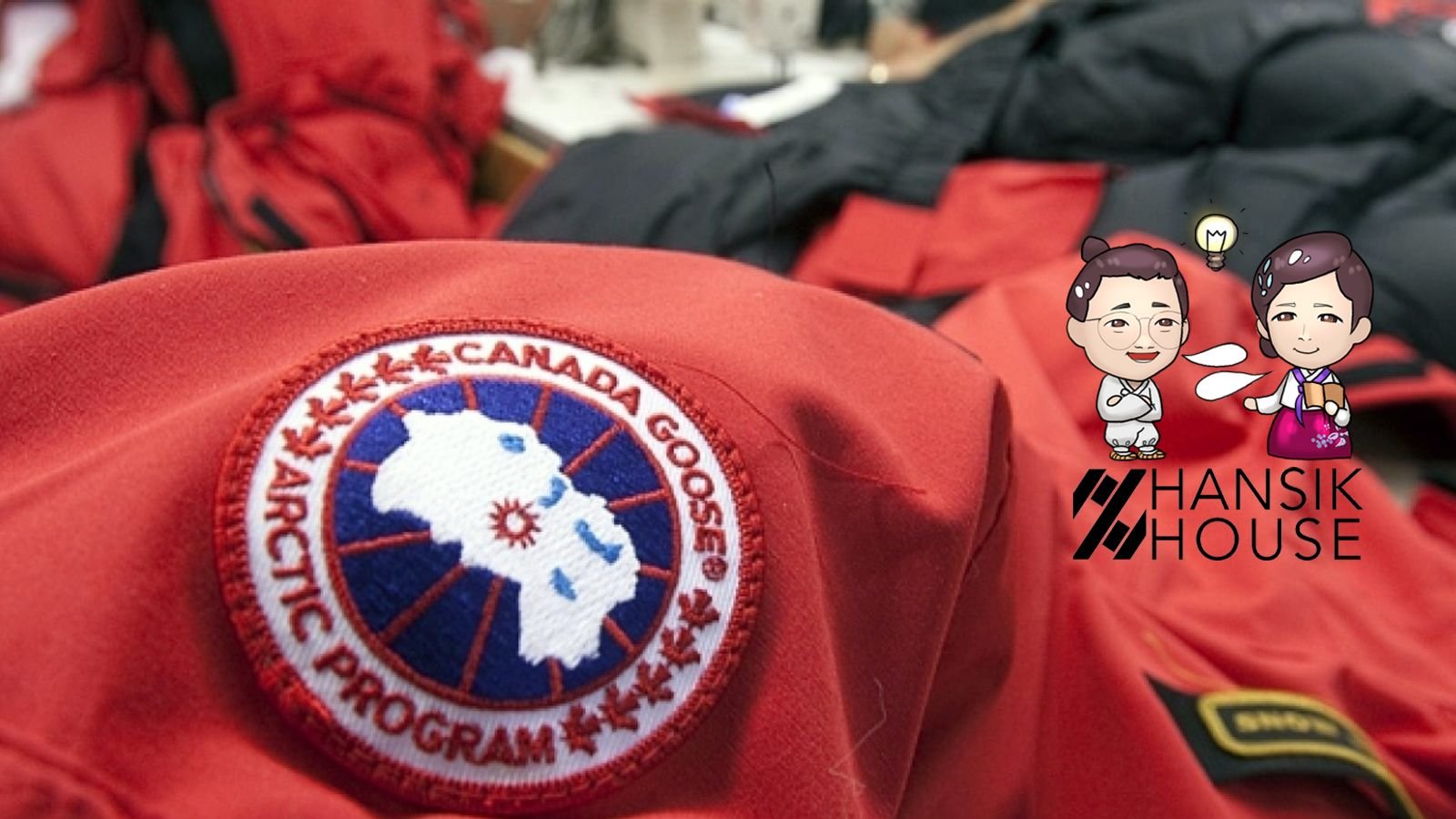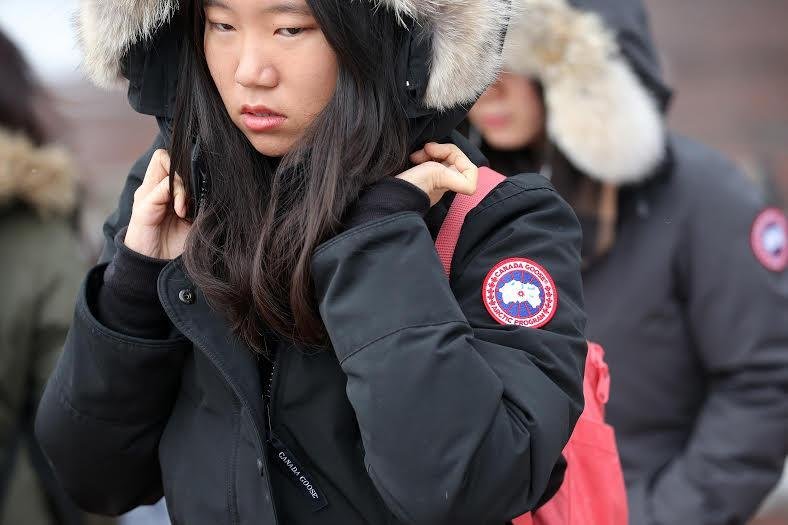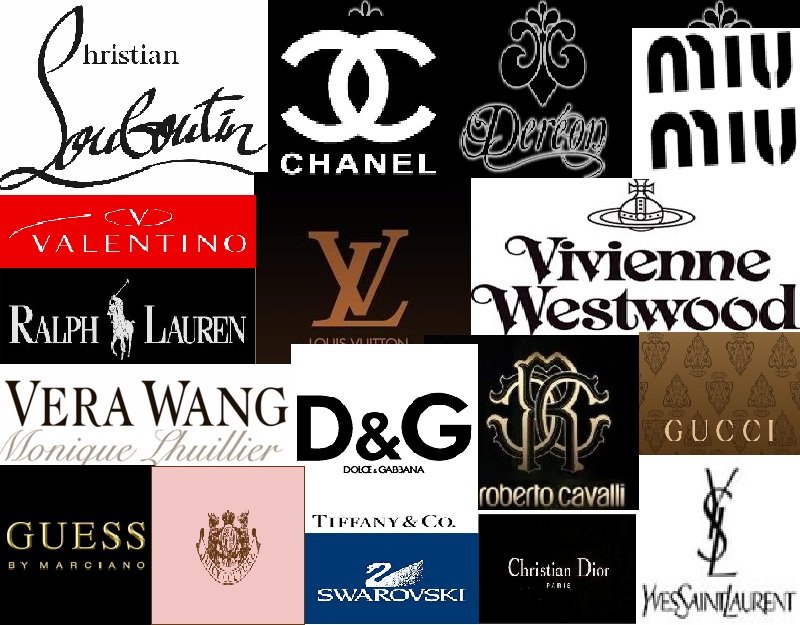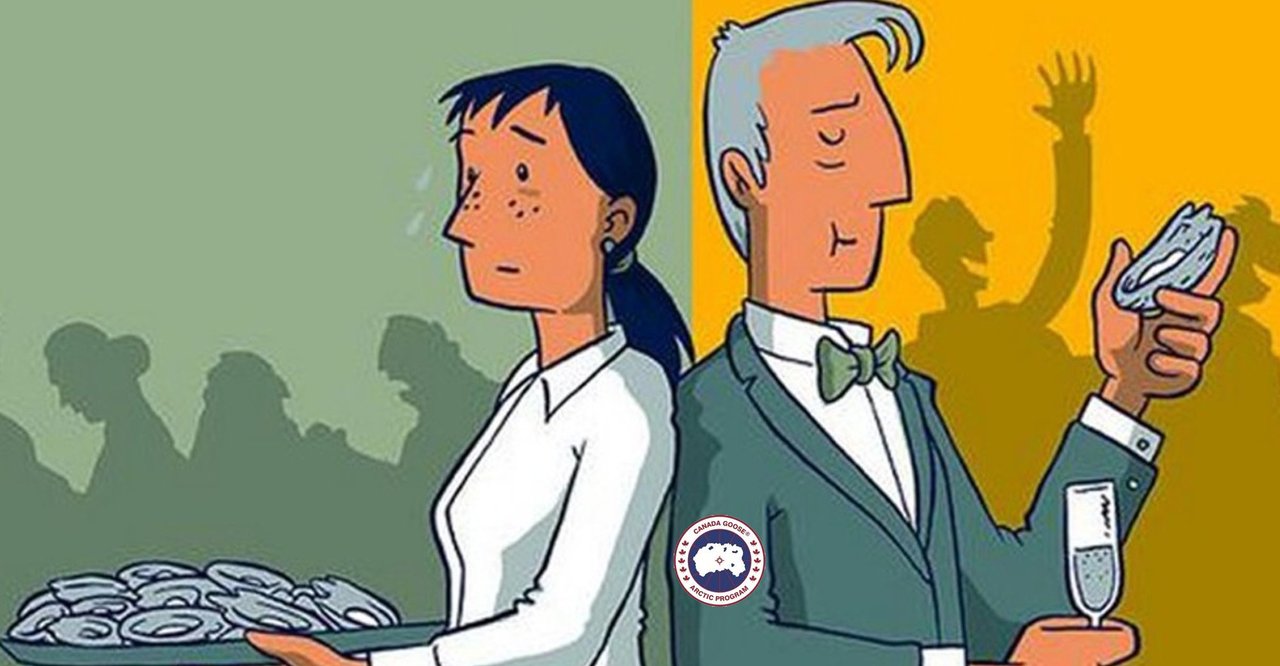
Trends and Their Effects
If you ever walk around Seoul between the months of December to February, there's one universal you're bound to pick up on. Everyone wears Canada Goose down jackets.
The plague isn't as severe as it was a few years ago. Earlier this decade, you would be hard pressed to find any person under the age of 35 not wearing a solid-colored CG jacket with a fuzz-rimmed hood. Think the popularity of Furbies and Yoyos. These were everywhere.

Source: Zurich Store
Originally, I assumed that Canada Goose was a local brand and the societal preference due to better prices. International clothing is notoriously expensive in Korea, most brands experiencing a minimum 30-50% markup in department stores and outlets. But I was dead wrong. These bloody things warranted a $1000+ price tag each in Korea, being just about the most expensive thing school children and young adults were wearing when they packed the streets and public transportation.
At first, much of this made little sense to me. In New York you would be lucky to see a number of people wearing the same color in a small group, much less the same brand or palette or style or even decade of production. Being “fashionable” is always laced with a need to be unique and being caught in something identical as another's would be strangely embarrassing.
But the idea of “trends” work far differently in Korea (and arguably many East Asian nations). Trends are much more a status quo in the country and not meeting that guideline is shameful in its own way. It's similar to visiting Disney World/Land as an adolescent American – not having the experience is somewhat alienating. Now apply that logic to clothing, media, and even food. Imagine if the little things of daily life were as deeply weighted as the FOMO of not going to Walt Disney's Kingdom.

- Source: Koogle TV
This mindset leads to the mass adoption of trends in Korea – tv shows, music, restaurants, travel destinations, clothing – where certain parcels of culture must be consumed, otherwise you would make an outdated member of society. The bullseye is constantly moving and the attention of Koreans is constantly taxed.
Artificial Privilege
If you read my previous post on Korean privilege, you know a bit of how I interpret a society that constantly tries to define high living and “success.” In more diverse countries, privilege and general advantage is society is largely impacted by historical factors concerning particular groups of people, economic classes, and regional health. In Korea, a much much smaller territory, privilege is less dictated by those helpless (meaning that you have little control of them) factors and much more so by communal decisions on what is better, more favorable, and most desired. Privilege is more 'artifical' in this sense and can transform drastically based on groupthink and in this case, trends.

Source: Higher Perspectives
But these trends have more implications than being temporary forms of enjoyment or even status symbols. They are implicit rules that swell up in different categories, defining what is a “successful” or in-tune citizen. At the high time of this craze, wearing jacket that wasn't CG implied a lack of wealth or being out of the loop, with few few exceptions.
Still, even in these extreme scenarios where you can imagine the pressure felt upon almost all individuals, not all hope is lost!
Visit again tomorrow for part 2 and a big twist. Steem on!

